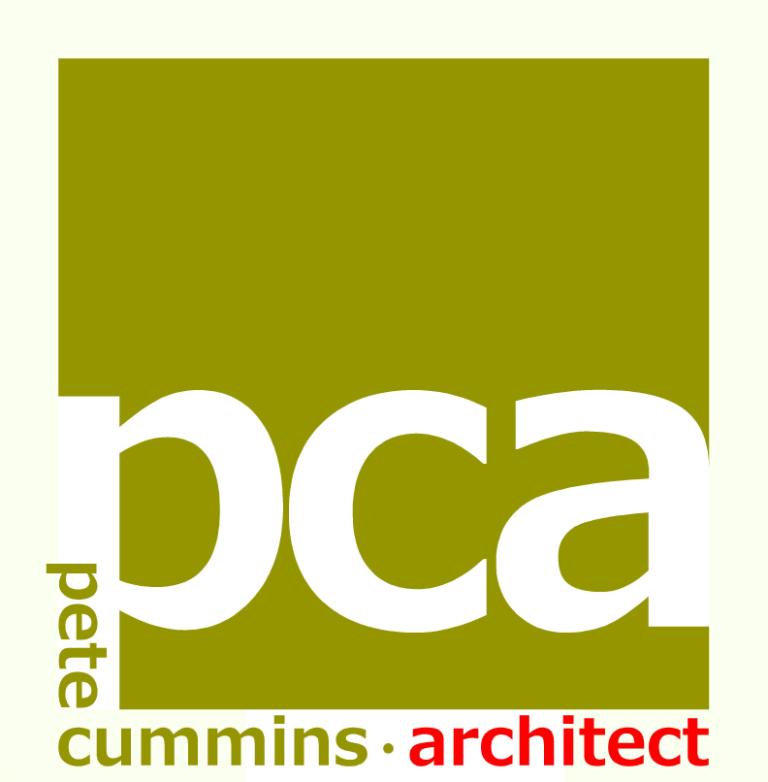conservation and restoration
Loch leven castle stair
Situated on an Island in Loch Leven, the Castle was famously used as a prison for Mary Queen of Scots during her many years of incarceration. Working with Carpenter Oak & Woodland for Historic Scotland, a new oak stair was built to replace the decaying existing stair. Oak was used because of it's durability, an ideal timber for external use.
Hall Row, Fife.
Charlestown was founded for the accommodation of the people employed in the extensive collieries and lime-works of the Earl of Elgin. Built in the early 19th century, Hall Row is typical of many terraced houses in the village and uses traditional stone and lime building methods of construction. Walls are built in random rubble with lime render internally and externally. Alterations and an extension to the rear of the property needed careful consideration and efforts were made to conserve and reclaim as much material as possible, including the Lochside bricks which were finally used in the feature staircase and as sound deafening infill to the new internal partitions.St Andrews Library
Built in the mid 19th century, the library is situated at the north end of Church Square. It has a typical style and appearance of the period, with ashlar sand stone and well proportioned sash and case windows to the front elevation. As with many buildings of the era it has had many uses and undergone modifications throughout it's history. The most recent refurbishment involved retaining and restoring as much of the existing building as possible whilst accommodating new ambulant disabled public access, office space at the rear and rooms for community use. Particular attention was given to retaining the Library's good quality of day light in the new circulation spaces and throughout. The work involved restoring the original lath and plaster ceilings, walls and roof lights, refurbishing the original sash and case windows to more modern standards and improving the stone work where possible, all within a tight budget. The largest internal alteration involved installing a new staircase and lift providing access to throughout the library and office accommodation.
Built in the mid 19th century, the library is situated at the north end of Church Square. It has a typical style and appearance of the period, with ashlar sand stone and well proportioned sash and case windows to the front elevation. As with many buildings of the era it has had many uses and undergone modifications throughout it's history. The most recent refurbishment involved retaining and restoring as much of the existing building as possible whilst accommodating new ambulant disabled public access, office space at the rear and rooms for community use. Particular attention was given to retaining the Library's good quality of day light in the new circulation spaces and throughout. The work involved restoring the original lath and plaster ceilings, walls and roof lights, refurbishing the original sash and case windows to more modern standards and improving the stone work where possible, all within a tight budget. The largest internal alteration involved installing a new staircase and lift providing access to throughout the library and office accommodation.
